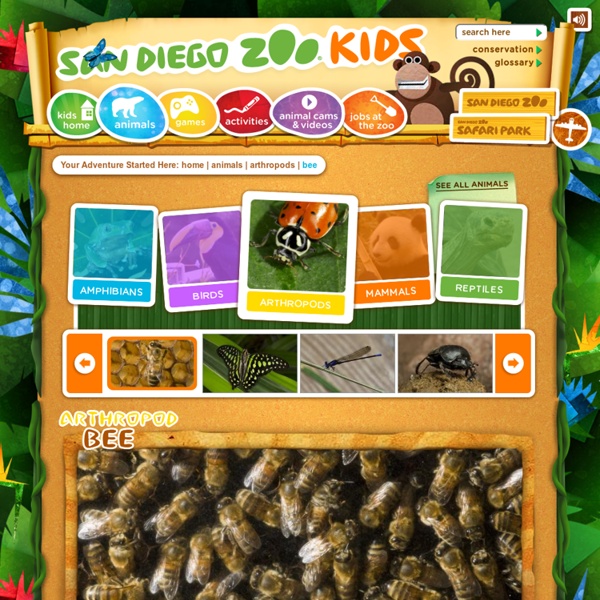



Bees - Facts About Bees - Types of Bees - PestWorldforKids.org DIET Worker bees gather both pollen and nectar from flowers to feed to the larvae and other members of the colony. HABITAT Bumblebees often nest in the ground, but can be found above ground around patio areas or decks. They will sometimes build their nests in attics or under roof beams. DIET Worker bees gather both pollen and nectar from flowers to feed to the larvae and other members of the colony. Honeybees produce honey from pollen and nectar of the plants they pollinate. Honeybee nests vary in size. Honeybees do sting, but they only sting once. PREVENTIONBecause honeybee colonies can be extremely large and removal can be very messy, only a pest management professional or experienced beekeeper can safely remove a honeybee nest. DIET Worker bees gather both pollen and nectar from flowers to feed to the larvae and other members of the colony.
Insect Hotels Insect Hotels Provide a home to pollinators and pest controllers. Tidy gardens, lawns and lack of dead wood, mean less and less habitat for wild bees, spiders and ladybugs. A wildlife stack can harbor numerous beneficial insects and amphibians. Wildlife stack. Bug hotel in Oakham, UK at the Lyndon Nature Reserve, built by Paul Stammers and Michelle Househam. Solitary bees like sun. Insect hotel in Hamburg, Germany. Insect hotel at the Heimanshof, North Holland.Many solitary bees are very small and you may not have realised they are bees. Insect home or bug bank, on the grounds of Oxburgh Hall in North Norfolk. Insect hotel in Helmsley, UK. Solitary bees are different from social bees (such as honey bees) in that every female is fertile and makes individual nest cells for her offspring. The female typically creates a series of compartments (cells) and within each cell she will lay an egg on top of its future food source. Insect hotel in Hoofddorf, Holland. Insect hotel in St. Bug stack.
bee Anatomy of Worker Honey Bee Move the cursor over body part to learn the name and function... The three main parts of a honeybee are a head, thorax, and an abdomen.Head - contains eyes, antennae, and feeding structures Compound Eye- Honey bees have 2 compund eyes. Back to Bee Buzz! All About Snails for kids and teachers Garden Snails Characteristics of Snails Snails can be found in gardens, in ponds and even in the sea. They belong to a group of animals with a soft body called molluscs (mollusks) which are related to oysters, clams, and other shellfish. Characteristically they have soft, unsegmented bodies. Normally, their soft bodies are protected by a hard shell. Snails have different shaped shells. Some people keep snails in aquariums together with their fish. Snails do not like hot and dry conditions. Snails can live up to 5 to 10 years. Do you know where the snail's eyes are? Yes, the eye is on the tip of the tentacle or at the base of the tentacle for marine species. What and how does a snail eat? A snail have something called a radula in its mouth for grinding up its food. How big can the snail grow? The largest known land snail named Gee Geronimo was a Giant African Snail collected in Sierra Leone in 1976. How does the snail move? The snail moves by creeping on a flat "foot" underneath the body.
Honey Bee Mystery All across the United States, honeybees are flying away from their hives and dying. Empty hives are causing a lot of worry about some important food crops. Bees give us a lot more than delicious honey. They are pollinators—they enable plants to produce the fruits and nuts we enjoy by carrying pollen from one plant or flower to the next. Animals pollinate about one out of every three bites of food we eat. Professional beekeepers raise honeybees, box them up, and send them on trucks to fields where farmers grow food. California’s almond crop alone depends on about half the bees in the country, about 1.5 million colonies! “The colony is what we call a super-organism,” says Dr. However, explains Pettis, bees are hard to study. Making detective work even harder, these busy insects fly up to two miles away from their hive in search of pollen and nectar from flowers. Researchers do have some ideas about what could be affecting bee health. Text by Catherine Clarke Fox